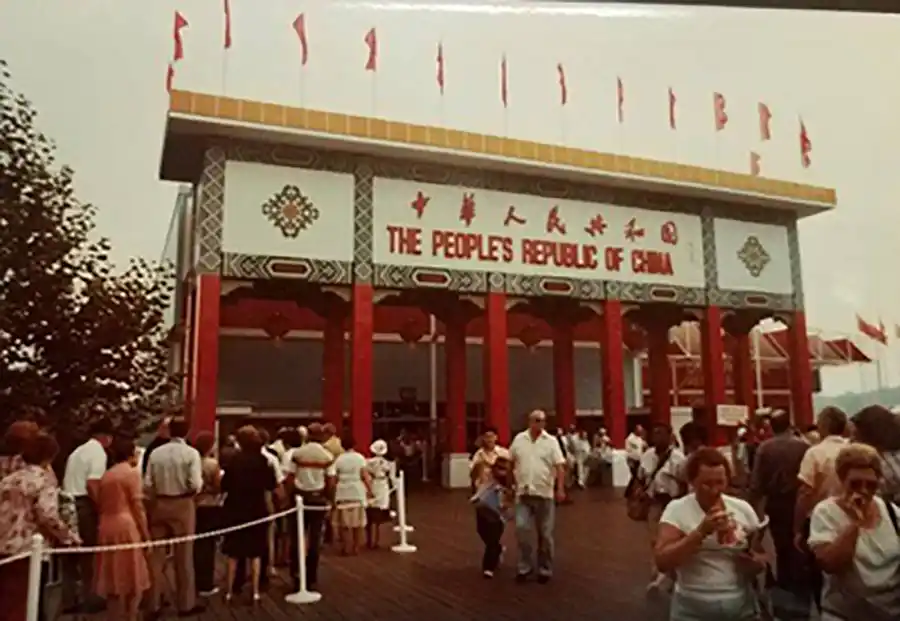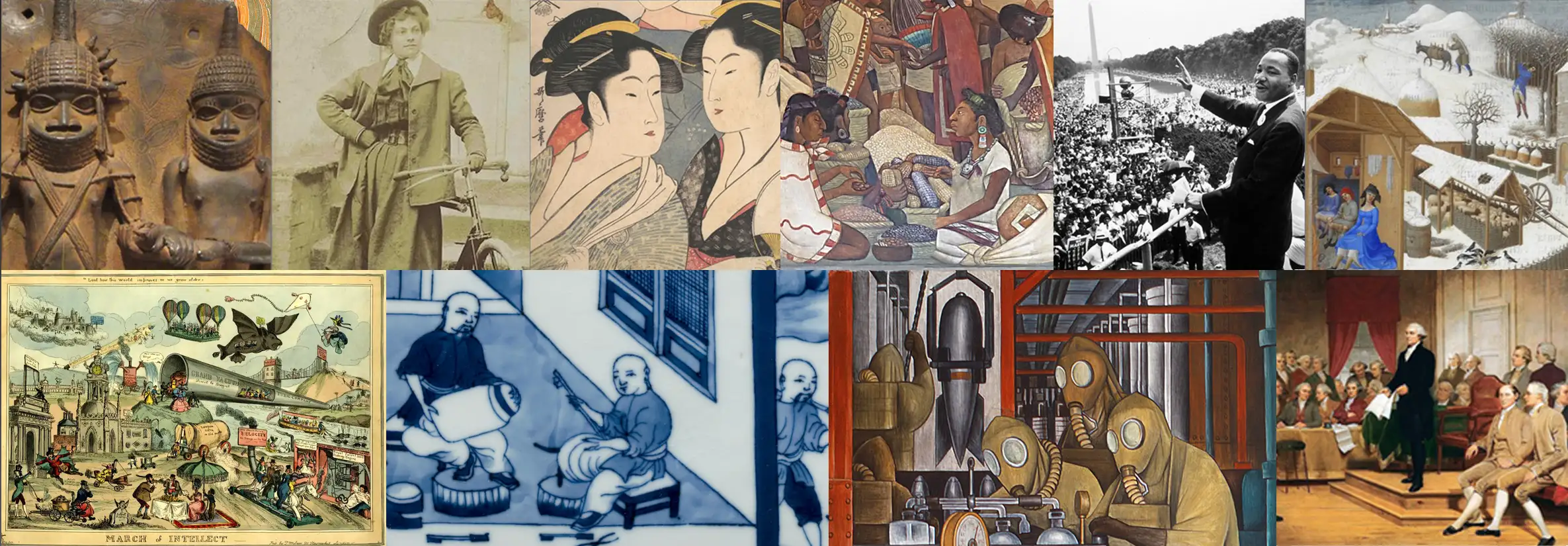China at the Knoxville World’s Fair

The 1982 World’s Fair left a lasting impression on the Knoxville community. In fall 2018, the history department sponsored an event to commemorate the participation of the People’s Republic of China at this World’s Fair. Organized by Associate Professor Shellen Wu and hosted by the East Tennessee History Society, this event was well attended by members of the UT community and the general public. The audience learned the interesting history behind what became the most popular attraction at the fair. Invited speakers added a personal dimension to this history by reflecting on their participation and sharing their memories.
According to Wu, China was the most popular attraction at the fair and played no small part in putting the fair in the black, even turning a profit of $57. From May 1 to October 31, 1982, 11.4 million visitors came to the fair, most of whom waited in long lines to enter the China Pavilion. Many visitors were intensely curious about China, closed for decades to foreigners. The exhibit featured a piece of the Great Wall (19 bricks to be precise), as well as a number of the recently excavated terra cotta warriors from Qin emperor’s tombs in Xi’an. Chinese artists and artisans worked in the pavilion and produced handcrafted items that were sold to visitors.
As the audience learned, the decision to bring China to Knoxville was due to the efforts of Bo Roberts, at the time president and CEO of the World’s Fair (the organization that oversaw the effort was the Knoxville International Energy Exposition Incorporated, or KIEE). Roberts talked about how he came to focus on bringing China to the World’s Fair once the Soviet Union pulled out. The Soviet Union had already begun construction on what was to be the largest pavilion and an anchor for the World’s Fair when they invaded Afghanistan in 1979. President Carter’s strong response led to the Soviet retaliation and withdrawal from the Fair. Along with the Soviet Union, a number of other Eastern European countries also pulled out. With the loss of the anchor pavilion, it became essential for the success of the Fair to attract Chinese participation.
Roberts, along with other colleagues, made multiple trips to China and met with officials to convince them to sign on. At the time, China had no experience with the World’s Fair. One of the audience members who worked for the Fair accompanied a Chinese delegation to visit previous sites at Seattle and San Francisco. KIEE contacted politicians, including Senator Baker and former President Carter, who each wrote letters to the Chinese ambassador and top Chinese leaders to press the case. KIEE also put up $1 million to help with costs for the Chinese pavilion. Or as Roberts put it, “the best money we ever spent.”
During the event, attendees also had the opportunity to hear from local members of the Knoxville community who likewise shared their memories of this historic event. For instance, Knoxville History Project Director Jack Neely had worked at the Fair as a part of the security detail. He talked about his experience at the Fair, corralling the crowd and having to inform an extremely disappointed crowd that because of some building issues, the China Pavilion had to be closed for a day. Jack Neely read a short selection from the work of a Chinese journalist who spent two years in the US in the early 1980s and spent some time in Knoxville at the Fair. The journalist, Liu Zongren, subsequently published a memoir of his time in the US, Two Years in the Melting Pot. Liu wrote that “The Chinese Pavilion was the best part of the whole fair; many visitors had to wait outside the gate for two hours to get in….For all the Chinese staff, except the delegation head, it was their first time abroad.”
